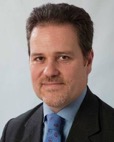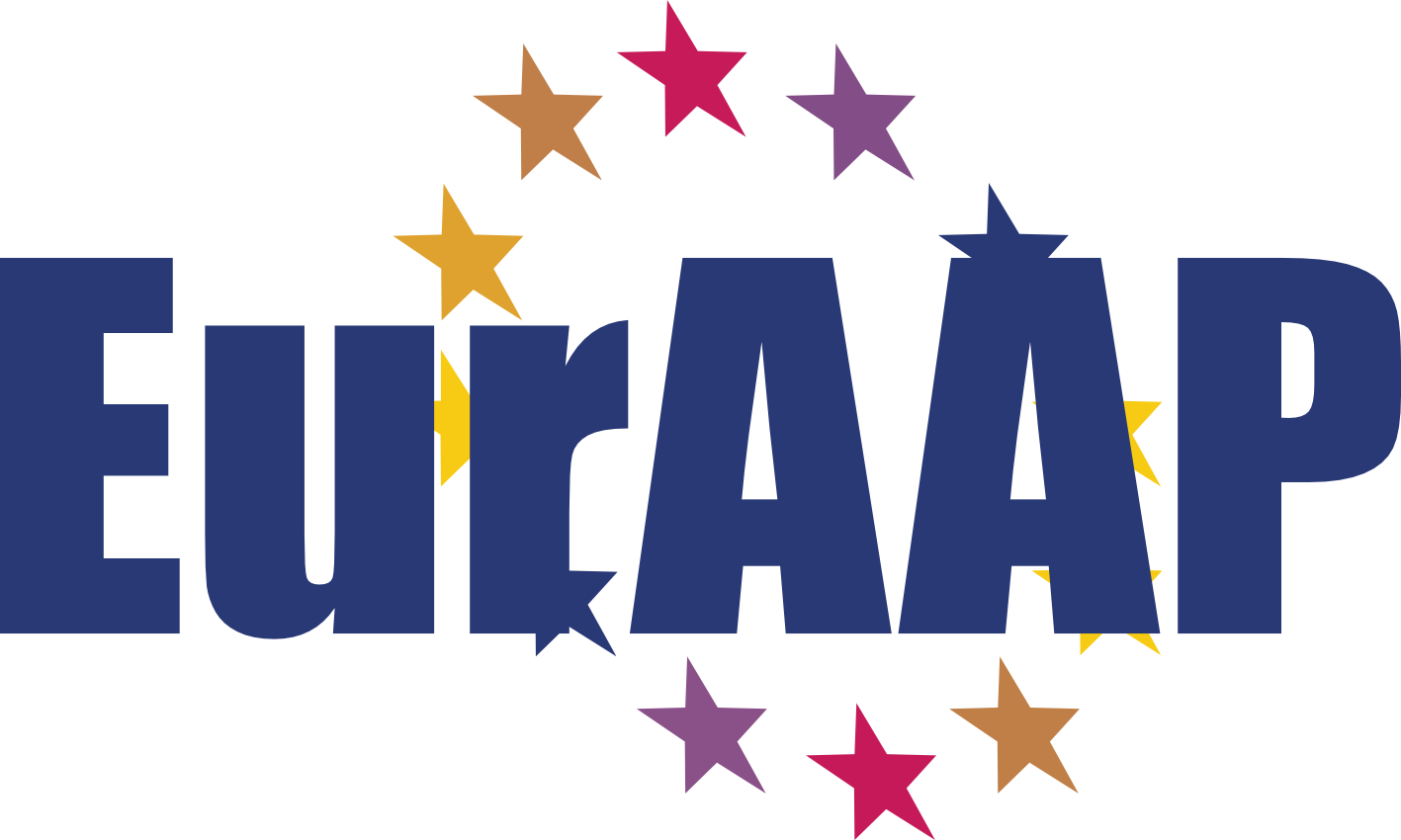SC06 (T): Multibeam Antennas and Beamforming Networks
Giovanni Toso
European Space Agency - ESTEC, The Netherlands

Giovanni Toso (S’93, M’00, SM’07) was born in La Spezia (Italy) on May 3, 1967. He received the Laurea Degree (summa cum laude) and the Ph.D. in Electrical Engineering from the University of Florence, Florence, Italy, in 1992 and 1995, respectively. In 1996 he was visiting scientist at the Laboratoire d'Optique Electromagnétique, University of Aix-Marseille III, Marseille, France. From 1997 to 1999 he was a Post Doctoral student at the University of Florence. In 1999 he was a visiting scientist at the University of California, Los Angeles (UCLA). In the same year he received a scholarship from Thales Alenia Space (Rome, Italy) and he has been appointed researcher in a Radioastronomy Observatory of the Italian National Council of Researches (CNR). Since 2000 he is with the Antenna and Submillimeter Section of the European Space and Technology Centre of the European Space Agency, ESA ESTEC, Noordwijk, The Netherlands. At the European Space Agency he has been initiating and contributing to several R&D activities on multibeam satellite antennas based on arrays, reflectarrays, constrained lenses and reflectors and he has co-authored about 15 international patents. In 2009 he has been coeditor of the Special Issue on Active Antennas for Satellite Applications in the International Journal of Antennas and Propagation. In 2014 he has been guest editor, together with Dr. R. Mailloux, of the Special Issue of the IEEE Transactions on Antennas and Propagation on “Innovative phased array antennas based on non-regular lattices and overlapped subarrays”. G. Toso is an Associate Editor of the IEEE Transactions on Antennas and Propagation.
Piero Angeletti
European Space Agency - ESTEC, The Netherlands

Piero Angeletti received the Laurea degree in Electronics Engineering from the University of Ancona (Italy) in 1996, and the PhD in Electromagnetism from the University of Rome “La Sapienza” (Italy) in 2010. His 15 years experience in RF Systems engineering and technical management encompasses conceptual/architectural design, trade-offs, detailed design, production, integration and testing of satellite payloads and active antenna systems for commercial/military telecommunications and navigation (spanning all the operating bands and set of applications) as well as for multifunction RADARs and electronic counter measure systems. Dr. Angeletti is currently member of the technical staff of the European Space Research and Technology Center (ESTEC) of the European Space Agency, in Noordwijk (The Netherlands). He is with the RF Payload Systems Division of the ESA Technical and Quality Management Directorate which is responsible for RF space communication systems, instrumentation, subsystems, equipment and technologies. In particular he oversees ESA R&D activities related to flexible satellite payloads, RF front-ends and on-board digital processors. Dr. Angeletti authored/co-authored over 150 technical reports, book chapters and papers published in peer reviewed professional journals and international conferences’ proceedings.
Context
Multibeam Antennas are becoming more and more important in different areas for their performances, flexibility and reconfigurability. In particular, the topic is of interest not only for Space Applications but also for Radar Systems and Mobile Communications. The course has been previously proposed during EUCAP and IEEE conferences with excellent participation and feedbacks. The course content is updated regularly by the two co-authors who are deeply involved since twenty years in this field.
Course content
The objective of this course consists in presenting the state of the art and the on-going developments in Multi-Beam Antennas (MBAs) and Beam-Forming Networks (BFNs). MBAs find application in several fields including communications, remote sensing (e.g. radars, radiometers, etc.), electronic surveillance and defense systems, science (e.g. multibeam radio telescopes), RF navigation systems, etc. The BFN plays an essential role in any antenna system relaying on a set of radiating elements to generate a beam. The course will cover both theoretical and practical aspects for the following topics:
- Overview of system requirements
- Multibeam Antennas
- Linear and Planar Direct Radiating Arrays (based on Periodic or Aperiodic lattices)
- Reflector-based architectures (Single-Feed-per-Beam, Multiple-Feed-per-Beam)
- Lens-based architectures (free space and constrained)
- Beamforming Networks
- Analogue BFNs (Corporate, Blass, Nolen, Butler matrices)
- Digital BFNs
- RF Technology for Active Components
- Low Noise Amplifiers (LNAs, High Power Amplifiers (HPAs), T/R Modules, etc.
- Overview of some Operational Multibeam Antennas/BFNs
- MBAs for spaceborne Narrowband and Broadband Satellite Communication Systems
- MBAs for Wireless Communications
- On-going European Developments
- Current Design and Technological Challenges


















